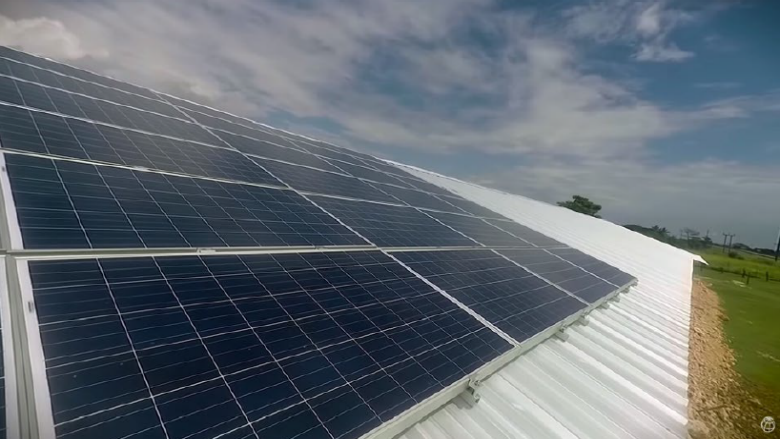Results
While all results noted cannot be attributed solely to the project, the Government of Jamaica recognized that they could not have been achieved without it. Most notably, oil dependency decreased from 95 percent (2010) to 71 percent (2017), and it is expected to fall further, to approximately 50 percent, by the end of 2019. The regulator determined the impact of this shift: Under the current matrix and with equal conditions, the tariff would have been US$0.1318 per kilowatt hour (kWh), as compared to the 2012 generation cost (US$0.188/kWh); projecting to 2020, the cost would be US$0.1253/kWh.
In addition, the project supported the following results:
Technical assistance aided in updating the Electric Lighting Act of 1890 with the modernized Electricity Act in 2015, which encompasses a comprehensive energy strategy that includes renewable energy, biofuels, energy from waste, energy consumption and efficiency, and carbon trading.
Market conditions were established for developing an Integrated Resource Plan (IRP) that projected electricity demand over a 20-year period to help determine generation capacity and technologies needed.
Energy sector agencies were realigned, resulting in better defined roles, responsibilities, and coordination and updating key players to international best practices. The Generation Procurement Entity and the Government Electrical Regulator were also created.
Technical assistance for planning and regulation of the gas sector facilitated more than US$1 billion of private sector investment in LNG (including two new plants and associated infrastructure — a 120-megawatt (MG) plant installed on the country’s north coast and an additional 190 MW plant due to become operational in 2019 — to replace outdated oil plants).
Renewable energy generation doubled from 9 percent at project start to 17 percent (15.4 percent from large plants) by the end of 2017, following the determination that the country’s grid could absorb increased renewable energy sources and the development of new regulations, market mechanisms, and tariff options.
Feasibility studies determined locations for six hydro sites for generation plants.
Expanded and refurbished energy efficiency testing chambers aided compliance with the country’s new energy efficiency standards.
Through the Development Bank of Jamaica (DBJ) line-of-credit, 55 loans, totaling US$5.38 million, were disbursed for private sector energy efficiency projects.
Bank Group Contribution
The World Bank, through the International Bank for Reconstruction and Development (IBRD), provided US$15 million, of which US$14.5 million were disbursed. Absent prevailing macro-economic constraints, the amounts would have been higher. Under the DBJ line-of-credit, however, a private sector financing market was created, leading 12 additional lenders to participate by extending financing for energy efficiency and renewable energy of 3.08 billion Jamaican dollars (approximately US$28 million).
Beneficiaries
The population of Jamaica has benefited from (i) having greater energy security through the diversification of the energy matrix and reduced reliance on imported oil; (ii) reducing energy costs for the Jamaican population, with the average tariff falling from US$0.40 per kWh to around US$.23 per kWh; (iii) reducing the energy cost burden for small- and medium-sized enterprises through energy efficiency measures; and (iv) providing the overall population with options for obtaining appliances with improved energy efficiency.
Moving Forward
The project has closed, but the government of Jamaica is implementing the new Electricity Act and issuing an Integrated Resource Plan. In addition, new cleaner power plants are expected to come online by 2020, replacing old, inefficient, oil-based power plants, thus improving resiliency by reducing dependency on foreign oil.
